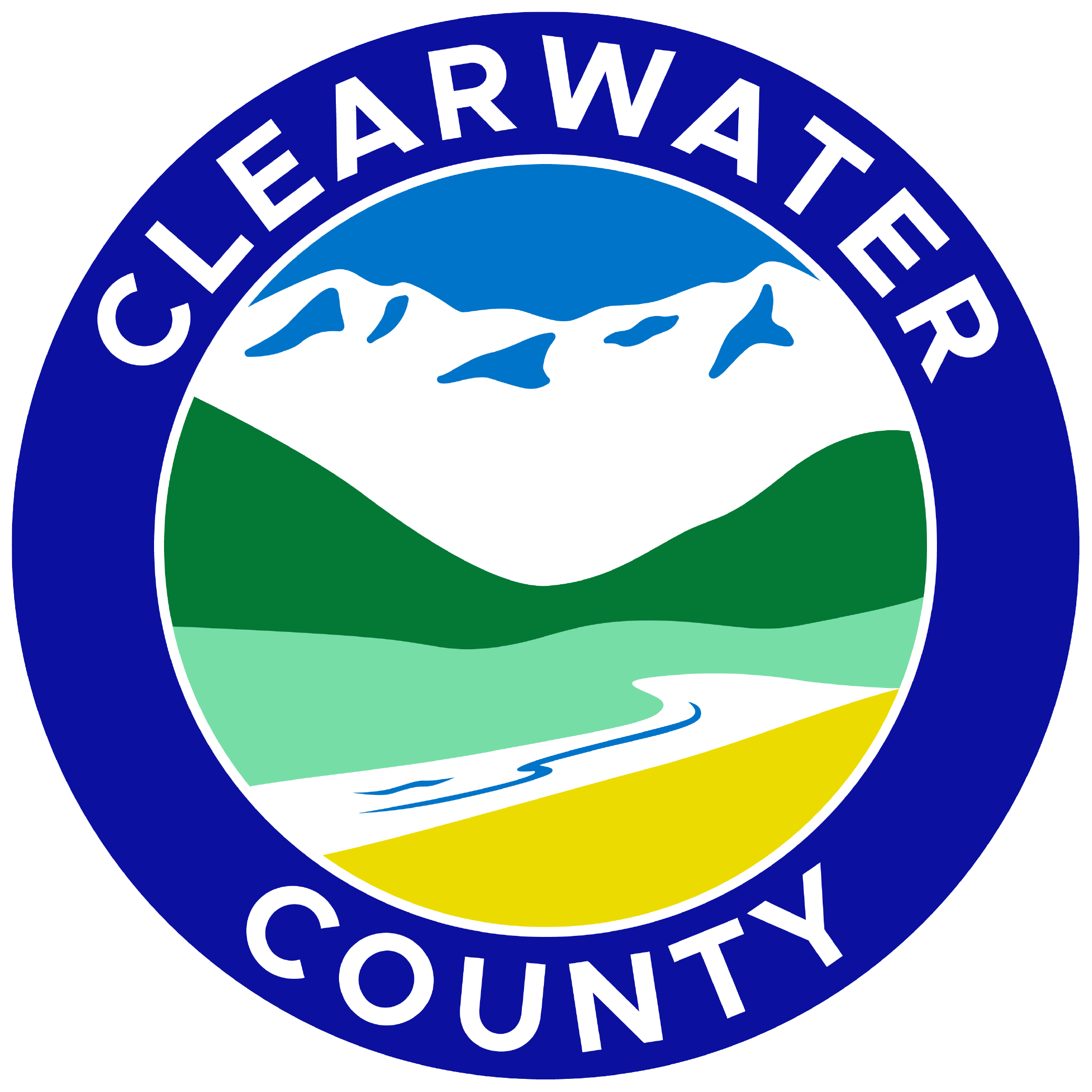List of Upcoming Events and Products
Heritage Advisory Committee Grant
|
Ladies Livestock Lessons
|
Environmental Stewardship Award & Sustainable Grazing Award
|
Farm Features
|
Ranching Opportunities
|
Most Recent Ag News Article
January 7, 2026 - Stewards of the West
Environmental Stewardship & Sustainable Grazing Stewardship Awards
“We do not inherit the Earth from our ancestors, we borrow it from our children.” This Native American proverb, often attributed to Chief Seattle, emphasizes the responsibility to act as stewards of the land – ensuring its resources and health for future generations through our actions today.
The Environmental Stewardship Award and Sustainable Grazing Stewardship Award were developed to publicly recognize those who act as stewards, defining them as someone who takes on the ground action to make Clearwater County a better place to live for all life today and for generations to come.
The Environmental Stewardship Award recognizes community members or non-government organizations who have demonstrated a commitment to environmental stewardship and betterment of the local environment.
The Sustainable Grazing Stewardship Award recognizes agricultural producers who demonstrate positive stewardship qualities when it comes to sustainable grazing, and whose responsible land and resource management practices encourage other producers to do the same.
Previous stewardship award recipients hailed from Clearwater County’s diverse farming, ranching, community, and recreational sectors. Despite their varied backgrounds, life experiences, and actions, each recipient has shared a profound concern for the environment.
Clearwater County Agriculture & Community Services is looking for locals who demonstrate their commitment to the environment through community involvement, advocacy, responsible land management, or simply for caring for the land around them.
They may be a volunteer for an organization demonstrating stewardship activities, or a quiet old rancher who is a role model in grazing management. Whether they express stewardship loudly or quietly, at home or in their community, these stewards deserve to be recognized for the role they play in caring for our environment.
Do you know someone who rises to the challenge of stewardship?
Don’t let these stewards go unrecognized! Nominate them today!
For more information, to learn about nomination criteria, or to obtain a nomination form visit www.clearwatercounty.ca/p/ag-awards or email landcare@clearwatercounty.ca. Nominations are open until January 31, 2026.


